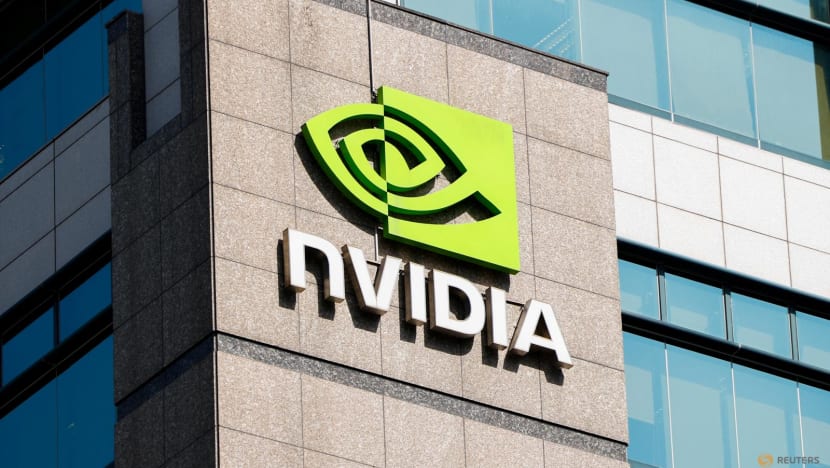THE Federation of Cooperatives in Mindanao (Fedco) has called for urgent national attention to the declining banana industry in the Davao Region, as production continues to plummet, particularly among small-scale growers. Speaking during the Hukad Business Forum on Friday, April 11, 2025, Fedco chief executive officer Ireneo Dalayon described the current condition of Cavendish banana production as “dire.” “For small growers, we are not producing; it’s totally wiped out,” Dalayon told reporters.
He noted that in several key banana-producing areas, including Kapalong, Sto. Tomas, Asuncion, and Tagum in Davao del Norte, as well as parts of Davao del Sur — many banana farms are now vacant and unproductive. Dalayon estimated a 10 to 15 percent decline in Cavendish production across the region, attributing the downturn to the rising costs of logistics and transportation, compounded by the continued threat of Fusarium wilt, also known as Panama disease.

With production costs nearing P1 million per hectare, many farmers have opted not to till their land due to the low certainty of return on investment. Dalayon said that even under favorable conditions, a farmer can only net a maximum of P900,000, leaving little room for profit or recovery in the event of disease or climate disruptions. The financial burden is further worsened by banks refusing to lend to small growers due to the absence of collateral and reliable repayment mechanisms.
While demand for Cavendish bananas remains strong in the United States, Philippine exporters are struggling to meet the global demand. Dalayon explained that the fruit’s 40-day shelf life poses a challenge for exports, especially compared to South American countries like Ecuador, where bananas reach U.S.
markets faster because od their superior transport infrastructure. Dalayon also highlighted the rising prices of key agricultural inputs, citing that ammonium-based herbicides have jumped from P300 to P700, while Urea fertilizers now cost as much as P2,000 per 50-kilogram bag — more than double the price five years ago. In light of these challenges, Fedco has initiated discussions with the Mindanao Development Authority (MinDA) on plans to revitalize the Cavendish banana industry.
One of the proposed solutions is encouraging small growers to shift to Cardava banana production, which has a significantly lower production cost of around P80,000 per hectare. The Department of Agriculture (DA) has acknowledged the situation and is pushing for expanded credit support and research to improve crop nutrition and pest control. The department also recently proposed a banana industry revitalization roadmap, which aims to institutionalize through legislation to ensure sustained government funding and support.
Data from the Philippine Banana Growers and Exporters Association (PBGEA) and the Bureau of Plant Industry show that the Philippines has been losing market share in key export destinations such as Japan and China. In Japan, the country’s market share declined from 94 percent in 2012 to 79 percent in 2023, while in China, the share dropped from 82 percent to just 40 percent over the same period. Industry stakeholders attribute this decline to recurring pest outbreaks, higher export costs, and competition from neighboring countries like Vietnam and Cambodia.
As the crisis continues to impact thousands of smallholder farmers, Fedco and other agricultural stakeholders are urging both local and national government agencies to act decisively in saving one of Mindanao’s most vital industries..
Business

Coop group in Mindanao urges govt to revitalize banana industry

Fedco warns of a sharp decline in Cavendish banana production in Mindanao due to rising costs and Fusarium wilt. The cooperative urges government intervention to revitalize the industry and support small growers.















